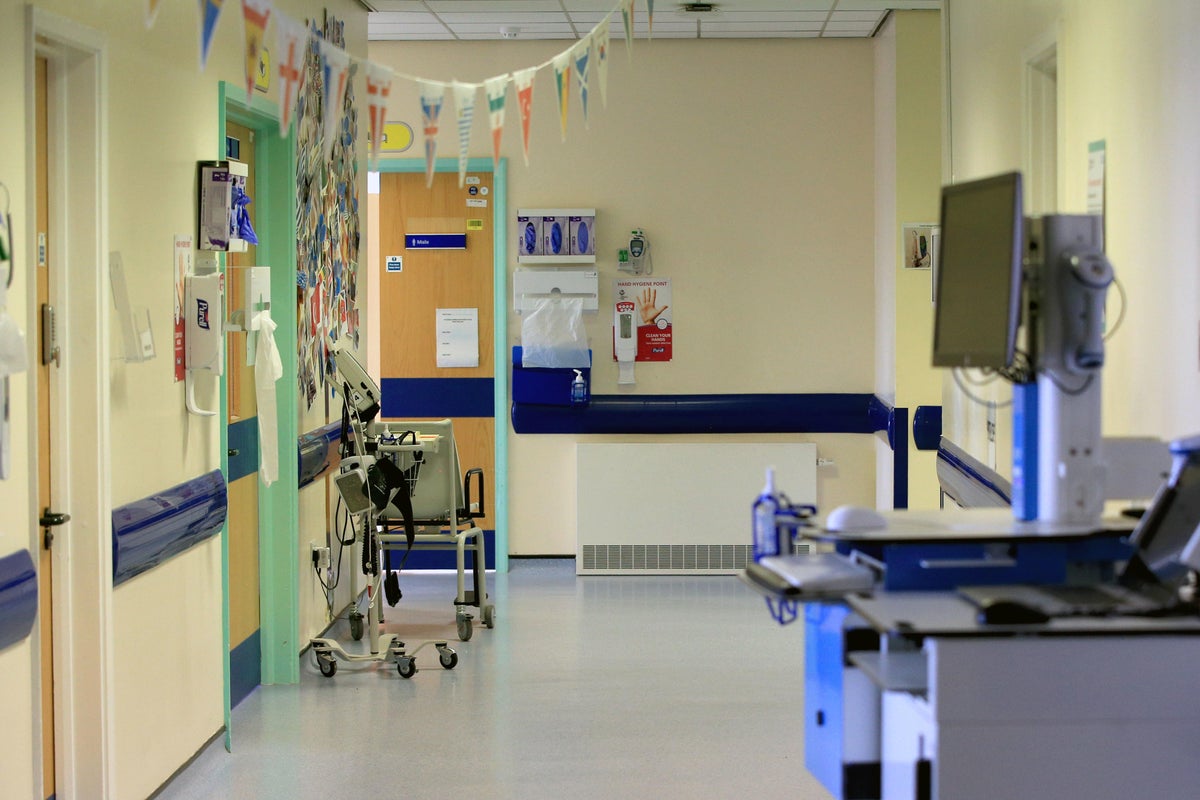
A report by the Healthcare Safety Investigation Branch (HSIB) has revealed it is potentially unsafe for children with complex mental health needs who exhibit “high-risk behaviours” in paediatric wards.
Out of the 18 hospitals that the HSIB investigated, 13 of them said paediatric wards are “not safe” or suitable for children who show high-risk behaviour, particularly if they do not have a physical health condition.
The other five hospitals said they faced “huge challenges” and that more could be done to make the wards safer.
High-risk behaviours include suicide attempts, self-harm, attempts to leave hospital without permission, and episodes of violence or aggression, while some children have complex needs, including being neurodiverse and coming from complex social situations.
The investigation found there were vulnerable and unwell children and babies situated next to children with mental health needs who were trying to harm themselves or showed violent or aggressive behaviour.
The report referenced an incident where a mother discharged her unwell child early because she felt concerned about her and her child’s safety in the ward.
Our ongoing investigation will take a longer term look at effective design, adaptations and risk management in the wards. A whole system response is now needed to ensure we can keep children and young people safe.— Saskia Fursland, National HSIB investigator
Staff spoken to throughout the investigation said they were stressed about events they witnessed, felt anxious about working and frustrated they could not offer better support for the children.
Because the wards can be viewed as the safest place or there is no alternative option, children with high-risk behaviour could stay in wards for days, weeks or even periods of up to nine months.
National HSIB investigator Saskia Fursland said conversations with NHS staff revealed the focus needs to be on creating more suitable and safer places of care for children and young people with mental health needs.
“We have published a report whilst the investigation is ongoing because our investigation is showing, that while the paediatric wards can provide safety and comfort to most children and young people, the environment comes with significant risks for those exhibiting high-risk behaviours,” Ms Fursland said.
“The examples we have included in our short report are shocking and show that on a regular basis patients cannot receive the therapeutic care they need, while other patients, families and staff face the risk of distressing and threatening situations, long-term trauma after incidents and even physical harm.
“Our ongoing investigation will take a longer term look at effective design, adaptations and risk management in the wards. A whole system response is now needed to ensure we can keep children and young people safe.”
The report made three key recommendations to make paediatric wards safer for patients, their families and staff:
– Integrated care boards should facilitate a system-wide response to reduce the safety and wellbeing risks associated with children and young people demonstrating high-risk behaviours who are admitted to an acute paediatric ward.
– NHS organisations should ensure that systemic risks associated with caring for children and young people with high-risk behaviours on the paediatric ward, including the safety and wellbeing risks to patients and staff, are escalated to integrated care boards for consideration.
– Acute hospitals should review their practices for caring for children and young people with high-risk behaviours, using current available guidance and the findings in this interim report.
A spokesperson from NHS England said they will be reviewing the concerns raised by the HSIB and consider them as a part of “ongoing work to improve care for the record number of children and young people with mental health needs that the NHS is treating.”
“In some circumstances it can be appropriate for young people to receive mental health care in acute settings, such as for treatment of physical health needs, and to support staff in doing this safely there is a clear framework to follow and an online training platform, while several areas are piloting services that better integrate mental and physical health care.”
HSIB was created to help improve safety in the healthcare system.







